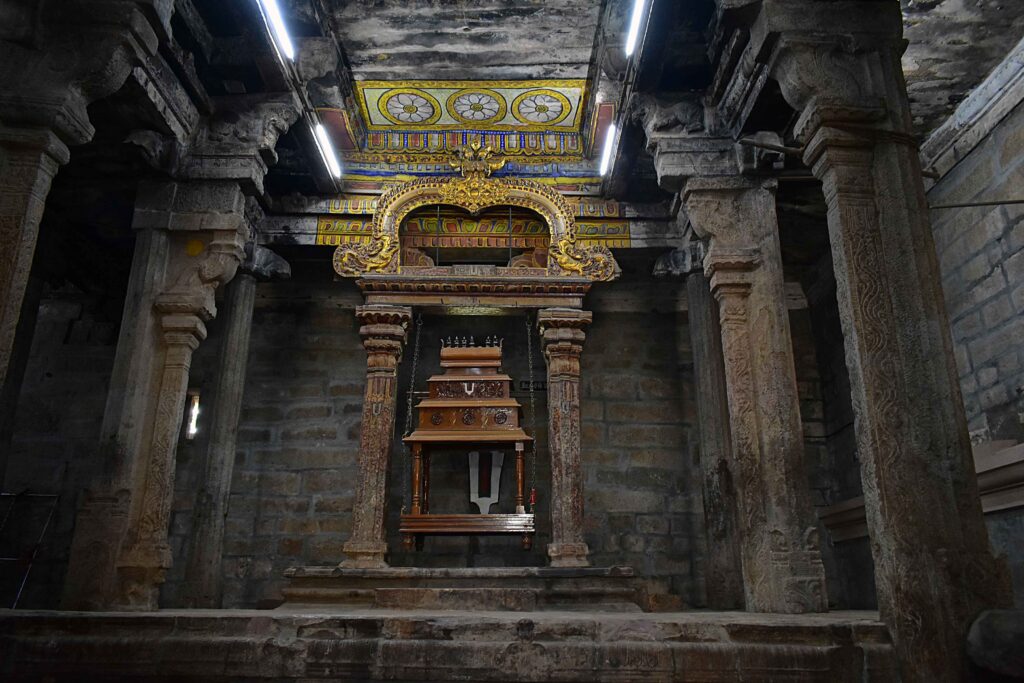‘vede rāmāyane caiva purāne bhārate tathā ādāv ante ca madhye ca harih sarvatra gīyate’- Bhagavad Gita
Imagine, you are in a meditative loop and you wait for the religious experience to happen which could be in the form of a set of “emotions” or “feelings”. Now, how do these insights or experiences help us orient ourselves? For sometime envision that there is a point where we want to reach and there are various routes that one can take. We select a random route and proceed knowing where we head towards. The route will guide us where to go, how to go, identifies what we see so that we may know where we are. Now tell me, who can make sense of this description of the route? Those who are on that route can do so because it describes the milestones on that particular route. The description is only ‘true’ for that route. Hence, we all have different spiritual experiences as we follow different route descriptions. Indian traditions are experiential, purely based on ‘anubhava’, the rituals are unanimous and practices many.
The other way to achieve the same insight is through meta-emotions. Music, rhythm, beat, dance, and poetry work on creating such sets of “meta emotions.” This is the devotional path (bhakti) which reforms experience by varying the force of emotions invested in such experiences. Filled with bhakti, I begin my introspection with this Sanskrit verse that explains the importance of the supreme Lord Vishnu. The verse from Bhagvad Gita elucidates that, the Vedas, Ramayana, Puranas and Mahabharata mention that while performing a homa ritual, from the very beginning (adau), in the middle (madhye ca) and to the end (ante ca), only Hari, the supreme Lord is to be praised. Being an ardent worshipper of Lord Vishnu, I take you through his earthly abode at Srirangam which placed first in the list of 108 Vaisnava shrines is located on the banks of twin rivers Kaveri and Kollidam (a tributary of Kaveri), three miles north of Tiruchirapalli.
To read more, subscribe to our magazine.


